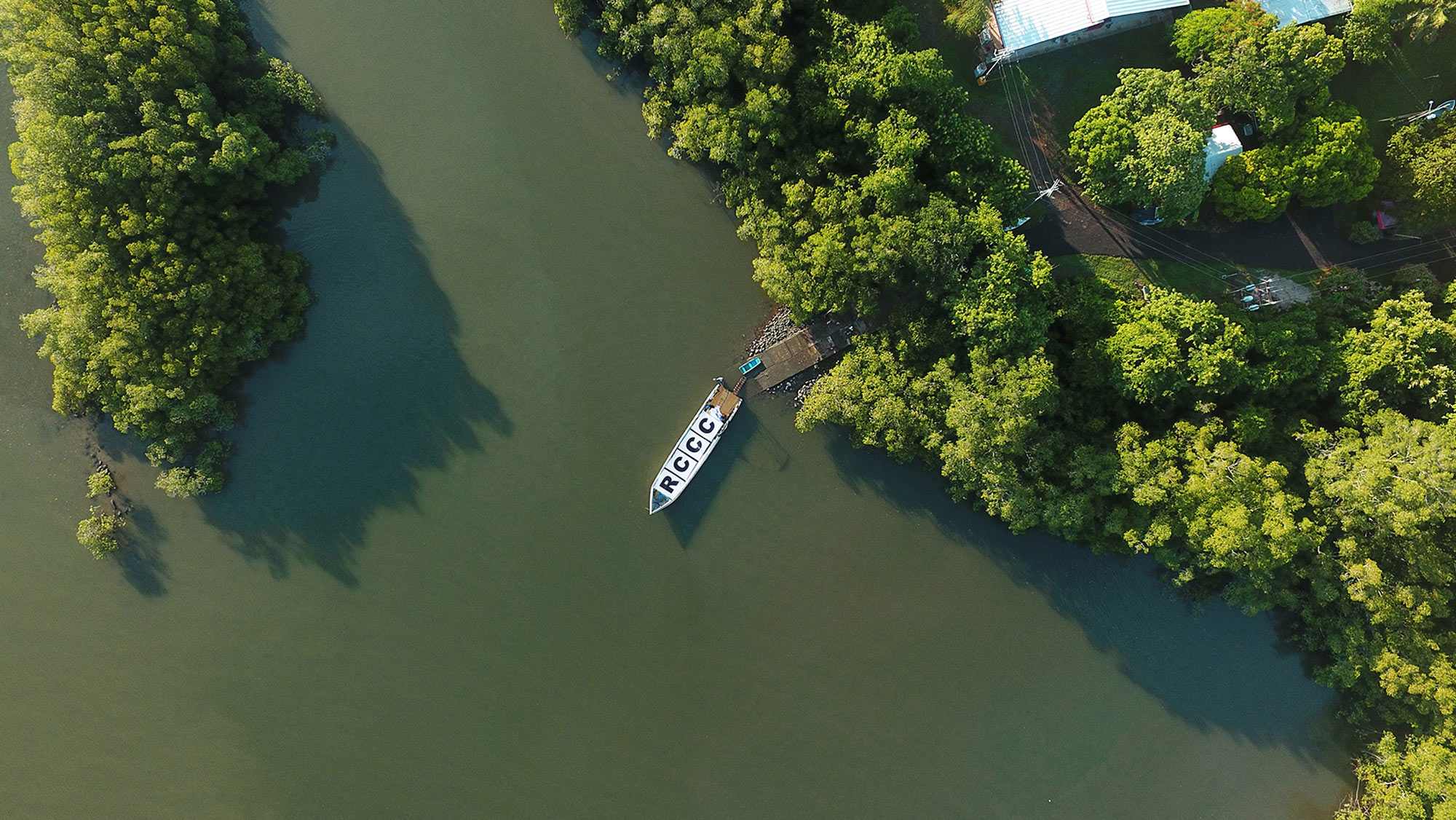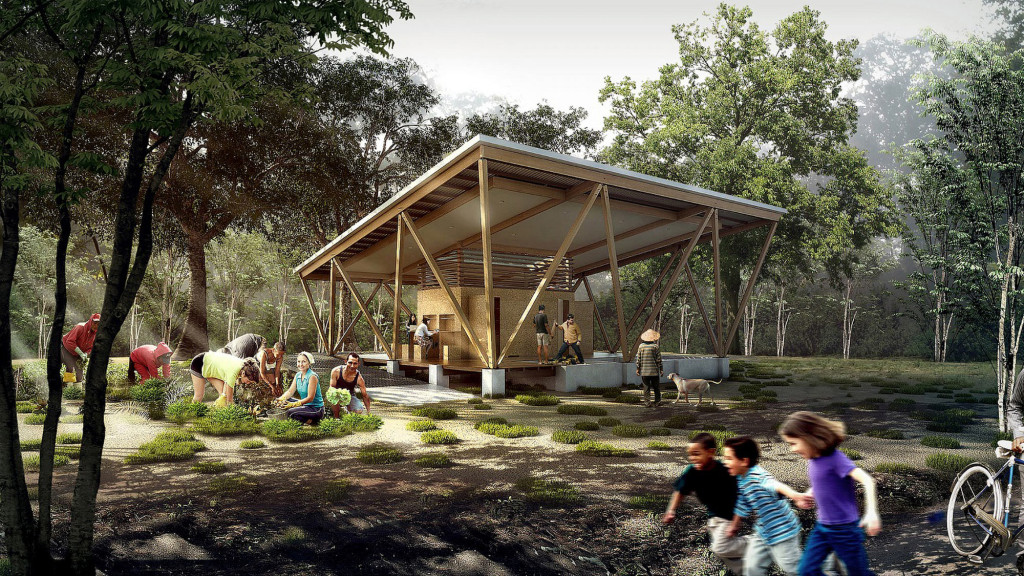A Multi-Stakeholder Approach to Tackling Rural Waste Management
By Gensler’s Community Impact Team
A recent groundbreaking in Costa Rica showcases Gensler’s commitment to both the environment and making significant local impact. On the remote location of Isla Chira in Costa Rica's Gulf of Nicoya, residents faced a community-wide crisis. Forced to burn, bury, or throw their waste into the sea due to a lack of garbage collection, they endangered not only the surrounding environment, but their livelihood – fishing.
Though small, Isla Chira is the country’s most populated island, with over 3,000 people across six villages; and contains the most intact biodiversity of tropical dry forest flora in Costa Rica. Traditionally, the main source of income for the residents is artesian fishing, though due to commercial overfishing and the warming of ocean waters, the Costa Rican government issues a mandatory prohibition of fishing in the gulf of Nicoya for several months each year. While this hiatus allows the marine environment to regenerate and recuperate, it destabilizes residents’ annual incomes.
The project, the Recycling and Community Center of Chira (RCCC), aims to tackle the issue of waste management on the island and provide alternative means of income, as well as other community-wide concerns. The construction of the RCCC is run in collaboration with a local organization, Asociación de Damas Trabajando para el Ambiente, (ADATA), or the Association of Women Working for the Environment, who will in turn operate the center upon its completion. Gensler designers worked on pro bono basis with local architect A-01 to create an innovative and multiuse recycling center, focusing on several key design principles over the course of the project: sustainability, multi-functionality, and longevity.
SustainabilityThroughout the beginning stages of the construction, one of the design team’s most pressing challenges due to the island’s remote location was to create construction materials in transportable modules, as the site was only accessible via small boat. The solution involved small pre-measured materials, ready to piece together upon arrival. Using wood from fallen trees, recycled glass, and Tetra Pak recycled cartons for the roof, the team was able to use only locally sourced and recycled construction materials – solving many problems that challenge the island.

For a small island with few varied structures, the team felt it was important to not only create a recycling center, but a site that was multi-functional and usable by the community for many purposes. Ongoing communication with ADATA ensured residents’ needs were prioritized throughout the design process, and the result was multiple space configurations, which allow the RCCC to serve as an office, fabrication lab, and community center with kitchen, training facility, storage mezzanine, and movie projector display. Additionally, as the RCCC’s main function is to process recyclables, the center is exploring options to trigger the creative potential of the Chira community through environmental education programs, as well as digital fabrication for the purpose of making eco-jewelry from upcycled waste.
LongevityThe final design stages addressed the need for this structure to stand for years. Not only will it need to withstand the island’s unpredictable and varied climates, but it will eventually be incorporated into the long-term, multidimensional Chira Project that our colleagues at A-01 have planned for the island. The structure itself is built around the “pod,” or core, for which Gensler donated the construction documents, and is currently underway. Long-term plans for the larger development consist of interrelated structures and their respective campaigns. Ten “rural acupunctures” will be developed gradually in order to foster an integrally sustainable development on the island of Chira. In addition to the RCCC, a multipurpose facility for the elderly, a floating restaurant, a fish market, an island museum, and place for artists in residence are also planned.

The Chira Project tells the story of not only finding a solution to one island community’s waste management crisis, but also of leveraging the power of design to build capacity and resilience for the residents of Isla Chira. This collaboration exemplifies the impact created through a well-executed participatory design approach and bringing the local population, national and international institutions, and professional practice to the table. With respect to Costa Rica’s sustainable development goals, the implementation of the RCCC contributes positively to the environmental health of the island and surrounding Gulf of Nicoya, while empowering the island community. On a larger scale, the RCCC development stimulates new ways of thinking about socio-economic and environmental best practices when designing for sustainability.
